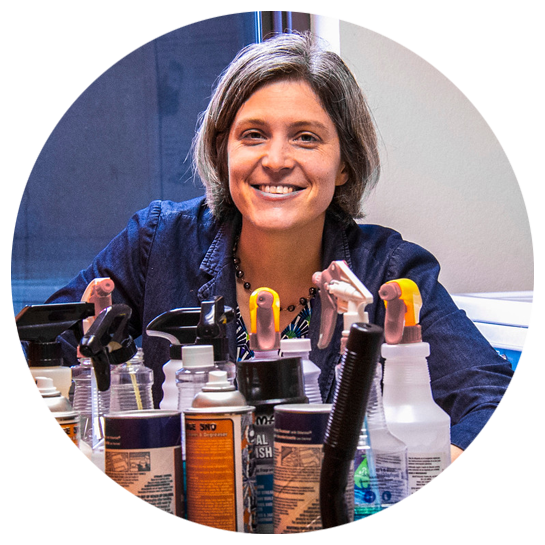For 12 semesters, the University Libraries have had the privilege of hosting Campus Conversations in Standish. Since its debut in Spring 2015, we have welcomed 27 speakers for 30 different presentations.
The COVID-19 pandemic shortened the Spring 2020 lineup, and forced the Fall 2020 series to go virtual.
This semester we've decided to try something different: We've asked some of our most popular speakers to revisit their topics, and provide a new introduction to their recorded talks. We thank you for your continued support of Campus Conversations and hope you'll enjoy!
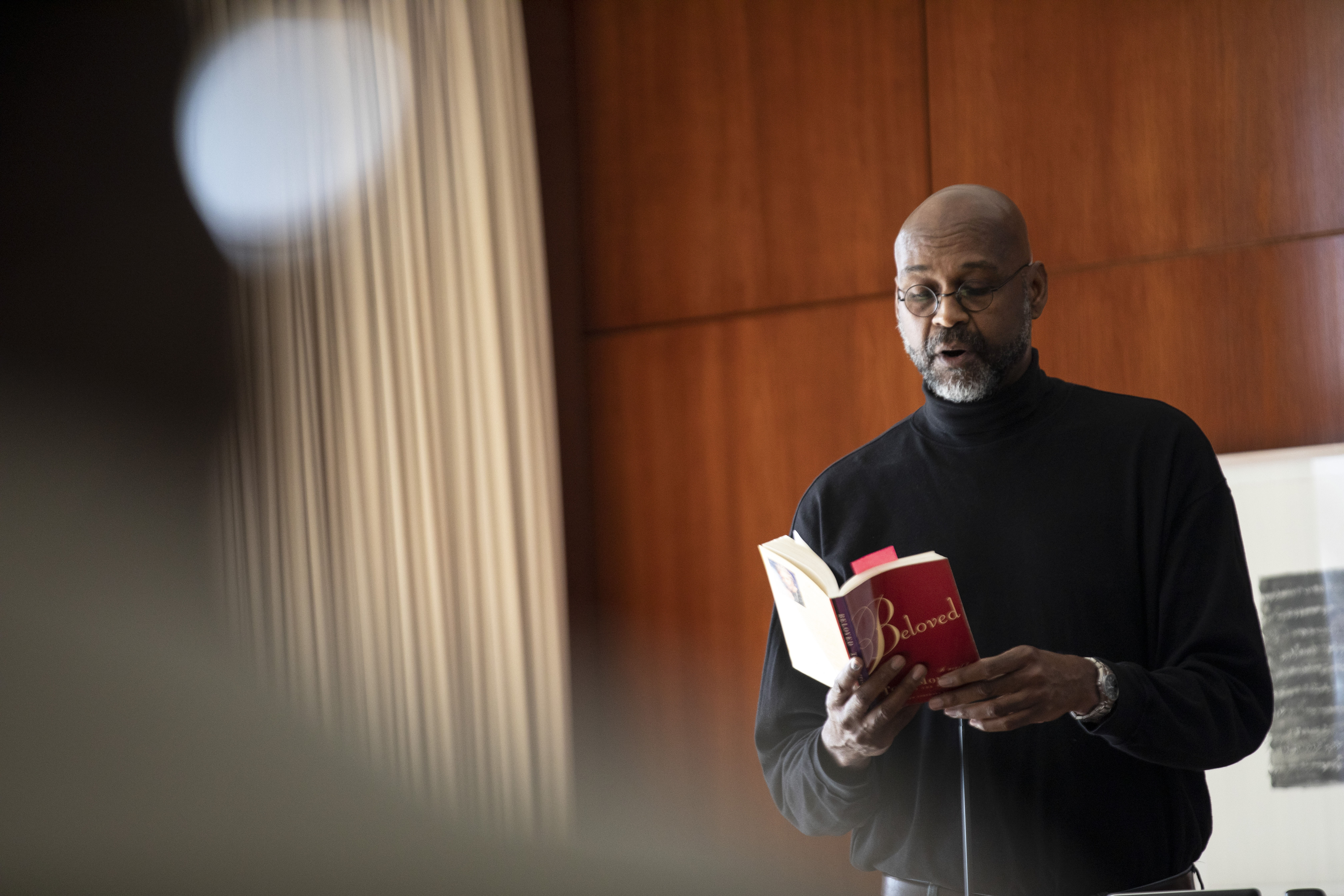
Professor Glyne Griffith reads in the Standish Room
Speakers
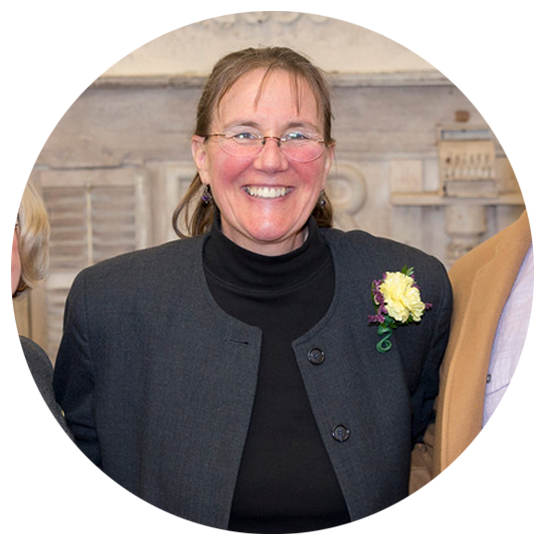
Dr. Susanna Fessler
Professor of Japanese Studies & Associate Dean in the College of Arts and Sciences
Robert H. Pruyn: An Albany Yankee in the Tycoon's Court
Robert H. Pruyn (1815-1882), a "good Dutchman" of Albany, served as the second American foreign minister to Japan, 1861-1865. This was a time of civil war in the States, and a time of great civil unrest in Japan. Pruyn prided himself both on his diplomacy and his appreciation of Japanese culture. This talk focused on some of the lesser-known details of his experience as revealed in his many personal letters home These letters are held by the Albany Institute of History and Art.
Dr. Glyne Griffith
Professor of English
How the BBC Served West Indian Literature
“How the BBC Served West Indian Literature” examines the role BBC radio played in the development of anglophone Caribbean literature between 1943 and 1958 and highlights the work of the literary radio program’s most influential editor and producer, Henry Swanzy. I argue that Swanzy’s encouragement of literary submissions from the region that emphasized the local and particular had the effect of subverting a federalist view of the soon-to-be postcolonial anglophone Caribbean, the very perspective that Swanzy’s BBC bosses had been promoting in the region in the lead up to decolonization, a process that would eventually begin in the early 1960s.
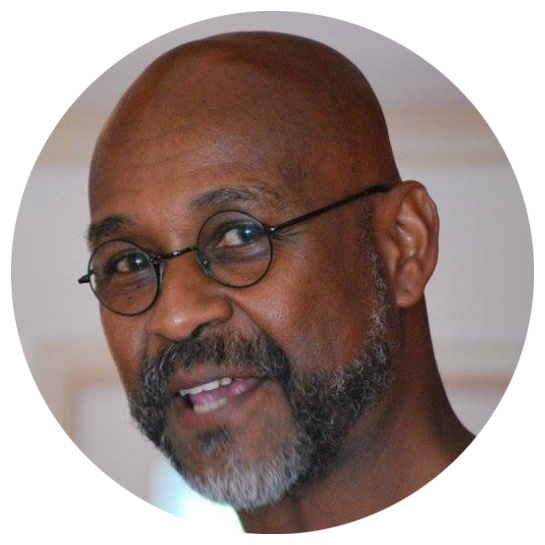
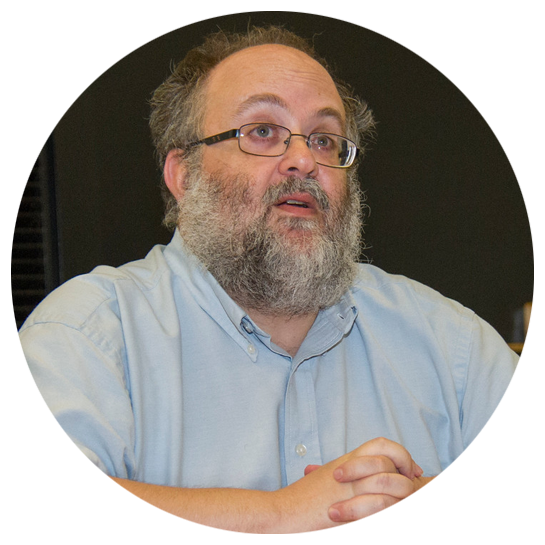
Dr. Victor Asal
Professor of Political Science
Criminalizing the LGBT Community and the Long Arm of the Religious State
Why are people put in jail or killed by the Government of the country they live in just because of their love of someone else? Unfortunately in many countries in the world many people are arrested and jailed and in some countries actually are killed for being a member of the lesbian, gay, bisexual, and transgender community. Eight countries have the death penalty for members of the LGBTQ community and 68 countries jail members. In this presentation I examine the key factors that explain why some countries are more likely to have these kinds of laws while others do not. I delve into research that I have done with my colleague Udi Sommers that analyzes the key factors that explain this kind of state behavior. We find that the type of law system that a country has and its religious state nature has a huge impact.
Dr. David Hochfelder
Associate Professor of History
98 Acres in Albany: Telling the Social History of Urban Renewal
The 98 Acres in Albany project documents the history of Albany's Empire State Plaza: the residents and business owners who made their homes and livelihoods there before the area's demolition, the planners and politicians who envisioned a beautiful modernist state capitol that would revitalize Albany, the construction workers who were able to enter the middle class through high-paying union jobs, and the public who have used the Plaza for performances and cultural events since its July 4, 1976 opening. Our goal is to tell compelling and visually appealing narratives about this history, and to create a bottom-up social history of urban renewal. This project is part of a larger NEH-funded digital public history of urban renewal around New York State. Follow us at https://98acresinalbany.wordpress.com/!
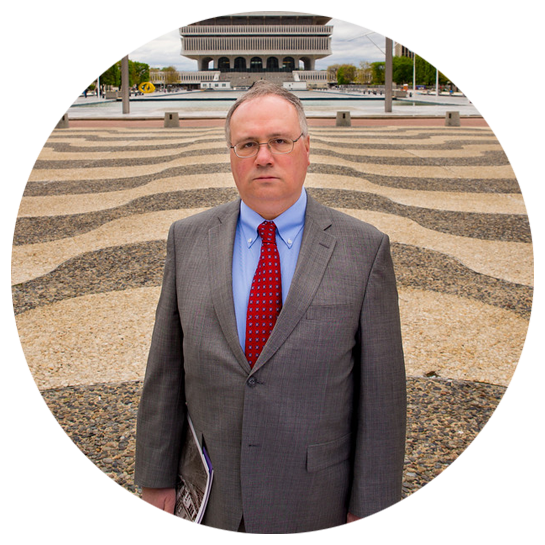

Prof. Danny Goodwin
Associate Professor of Art
Photography is Dead. Long Live Photography! Veracity in the Age of the Post-Photographic (or How I Learned to Stop Worrying and Love Google Image Search).
What does it mean for photography and photographers (which now includes, essentially, everyone) when “the photographic” no longer necessarily involves the same technological processes that have historically defined the medium? I assert that it signals slightly less than the breathless, corporate advocates of the apps and gadgets arms-race maintain, but more than retrograde photo-purists are willing to admit. In this 55-minute presentation, I traced the last 25 years of my practice, which chiefly involves large-format photography of table-top studio constructions that address the shifting and paradoxical contemporary definitions of the Real.
Dr. Lawrence Schell
Distinguished Professor of Anthropology
Minority Health Disparities: The Case of the American Indians
In this presentation, I talk about how aboriginal populations have been under great stress, both demographically and culturally all around the world. American Indians continue to be the poorest and the least healthy population within the borders of the United States. They are the most severe victims of most health disparities in the US. Health disparities are preventable differences in the burden of disease, injury, violence, or opportunities to achieve optimal health that are experienced by socially disadvantaged populations (https://www.cdc.gov/healthyyouth/disparities/). Health disparities result from multiple factors, including poverty, environmental threats, inadequate access to health care, individual and behavioral factors, educational inequalities, higher rates of cancers and diabetes. There are many health risk behaviors that are more common among American Indians and Alaskan Natives also. Since 2001, in comparison to other racial/ethnic groups, they have had the largest or next largest percentage of 18-year olds without a visit to a physician. In addition, some face the additional problem of an environment polluted by industries. In our study of the Akwesasne Mohawk Nation who are impacted by nearby pollution with polychlorinated biphenyls (PCBs), we saw that sexual maturation was earlier in girls in relation to their PCB level, and testosterone levels in adolescent boys were lower in relation to theirs. Thyroid hormone levels were altered also. Among adult women the risk of not ovulating was related to their level of PCBs. These are especially difficult effects considering that the survival of the culture and the people are a primary concern of the Akwesasne Mohawk people and of many American Indian and Alaskan Native groups.


Dr. Mathias Vuille
Professor of Atmospheric and Environmental Sciences
Towards Mountains Without Snow and Ice: How Climate Change Will Transform Our Mountain Environments in the 21st Century
This presentation focuses on impacts of climate change in mountain regions around the world. Using visual imagery, the main changes that are currently being observed are discussed, highlighting that changes in mountain environments will also affect population centers located in lowlands far away from mountains. The main impacts discussed include glacier retreat, lack of snow cover, changes in river runoff and reduction in water supply, impacts on winter tourism and recreation, ecosystem integrity, social, political and economic problems surrounding water allocation, but also cultural belief systems, perceptions and spiritual values of local mountain populations. The presentation ends with some reflections on challenges and constraints for adaptation to the changes we are currently faced with in mountain regions. A main take-home message is that planning sustainable mountain development needs to consider not just the physical impacts of climate change but also societal needs, economic agendas, political conflicts, socioeconomic inequality and cultural values.
Dr. Kendra Smith-Howard
Associate Professor of History
Finding Nature in Unexpected Places: What Cleaning Closets and Laundry Rooms Tell us About American Environmental History
In the past year, Americans have taken the act of sanitizing to new levels -- clearing shelves of disinfecting wipes, donning disposable masks, and even considering whether Clorox might have curative properties. Americans’ intense engagement with cleaning products did not begin with the Covid-19 pandemic. Nor was the pandemic the first instance in which supply chain challenges shaped their availability.
In this talk, I examine the longer history of disinfectants and disposable diapers. My talk demonstrates the ways these objects of everyday life carry consequences for the forests and waterways from which their components come. How we clean, it turns out, reflects public decisions not just about human health, but also about public governance of forests, rivers, and families.
